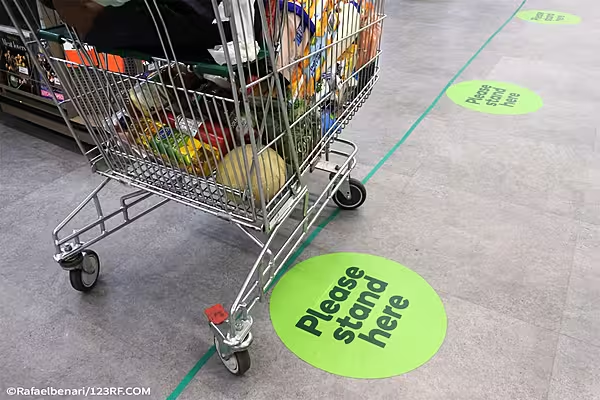Chicago corn, wheat and soybean futures edged higher on Thursday, supported by a weaker dollar as market participants awaited U.S. inflation data and crop supply-demand forecasts.
Signs of renewed Chinese demand for US soybeans also lent support, though soybeans and corn remained capped by an improvement in Midwest weather.
The wheat market continued to assess Black Sea supply prospects, with traders reacting cautiously to a Ukrainian announcement of a shipping corridor from its Black Sea ports.
The dollar fell back as investors braced for US consumer price data seen as a key gauge of further interest rate moves.
Grain participants were also adjusting positions before the US Department of Agriculture's monthly crop report on Friday, in which analysts expect the USDA to trim forecasts for US soybean and corn production.
The most-active soybean contract on the Chicago Board of Trade (CBOT) Sv1 was up 0.6% at $13.16-3/4 a bushel at 1149 GMT, and corn Cv1 rose 0.4% to $4.96-1/4 a bushel.
Corn and soybeans were recovering from multi-week lows earlier this week after rain and mild temperatures boosted growing conditions in the US Midwest.
"US weather is looking good for crops and the market is waiting to see estimates from the US Department of Agriculture on corn and soybean yields," said one Singapore-based trader.
Department of Agriculture
Exporters sold 251,000 metric tons of US soy to China, the largest buyer of the oilseed, for delivery in 2023-24, the US Department of Agriculture noted.
Grain markets will get another pointer on exports from weekly U.S. export sales data later on Thursday.
CBOT wheat Wv1 added 0.5% to $6.38 a bushel.
The wheat market has been wrestling with the threat of further war disruption to Black Sea trade and signs that Russian supplies remain competitive on export markets. GRA/TEND
Ukraine announced a "humanitarian corridor" on Thursday to let cargo ships trapped in its ports sail into the Black Sea, suggesting a response to Russia's recent withdrawal from a grain corridor agreement.
"This looks like it would be hard to implement and above all to persuade ship owners to use it," a European trader said.
News by Reuters, edited by Donna Ahern, Checkout. For more supply chain news, click here. Click subscribe to sign up for the Checkout print edition.









